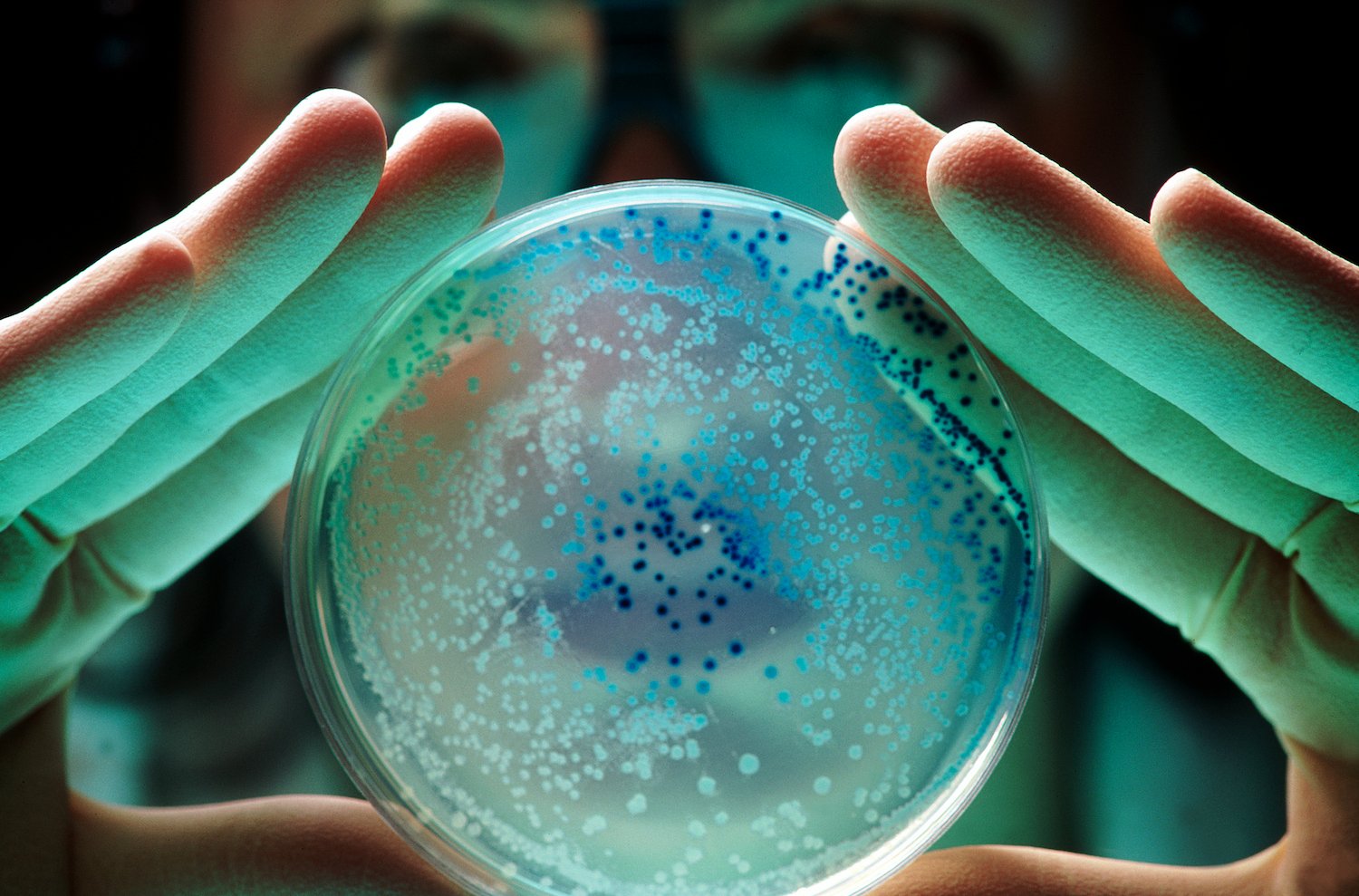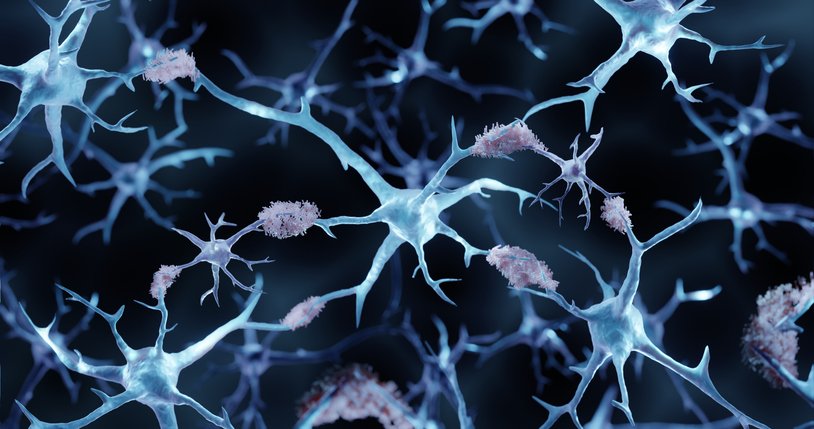Proteins designed by artificial intelligence (AI) are being considered for use in treating everything from snakebites to cancer. A Nature Communications paper, out this week, describes how Australian scientists from Monash University and elsewhere used AI to generate a biological protein that could kill antibiotic-resistant bacteria like Escherichia coli. The paper is titled “Inhibiting heme piracy by pathogenic Escherichia coli using de novo-designed proteins.”
This research was co-led by Rhys Grinter, PhD, and Gavin Knott, PhD, both of whom are scientific directors for the new AI Protein Design program, which has nodes at Monash University’s Biomedicine Discovery Institute and the Bio21 Institute at the University of Melbourne. They noted that the AI Protein Design platform used in their study is modeled after the work of David Baker, PhD, Nobel Laureate, professor of biochemistry, and director of the Institute for Protein Design at the University of Washington. And further, that it leverages freely available protein design tools as well as some homegrown solutions to generate drug candidates.
Open source tools make it possible to “engineer proteins to bind a specific target site or ligand, as inhibitors, agonists or antagonists, or engineered enzymes with improved activity and stability,” said Daniel Fox, a doctoral student who performed most of the experimental work needed for the study. “It’s important to democratize protein design so that the whole world has the ability to leverage these tools,” he added.
According to the paper, the scientists combined “structural modeling, Cryo-EM, X-ray crystallography, mutagenesis, and phenotypic analysis” to study the mechanistic details of the process by which pathogenic E. coli and Shigella spp produce an outer membrane transport protein dubbed ChuA. This protein binds hemoglobin, extracts its heme cofactor, and then imports the heme into the cell. They then used AI to design binders that block hemoglobin binding to ChuA and inhibit E. coli’s growth. They reported designing several binders capable of inhibiting E. coli growth at low nanomolar concentrations.
“This work demonstrates the utility of de novo-designed proteins for inhibiting the growth of bacterial pathogens by blocking the import of essential nutrients,” the researchers wrote. “Moreover, it demonstrates the utility of AI-based protein design to create binders capable of modulating the function of membrane transporters, using a workflow that could be applied to integral membrane proteins in other organisms.”
Additionally, “functional and biochemical analysis of the de novo-designed ChuA binders definitively demonstrates they are high-affinity inhibitors of heme extraction from hemoglobin,” the researchers wrote. They also confirmed that the crystal structure of the designed binders matches experimental reality.
Commenting on the study, John Carroll, director of the Monash Biomedicine Discovery Institute, indicated that it points to the value of the new AI Protein Design program. It brings Australia “right up to speed in this exciting new modality for designing novel therapeutics and research tools,” he said. Moreover, “it is testament to the entrepreneurial spirit of two fabulous young scientists who have worked night and day to build this capability from scratch.”
The post AI-Designed Protein Disarms Membrane Transporter to Defeat Resistant Bacteria appeared first on GEN – Genetic Engineering and Biotechnology News.




